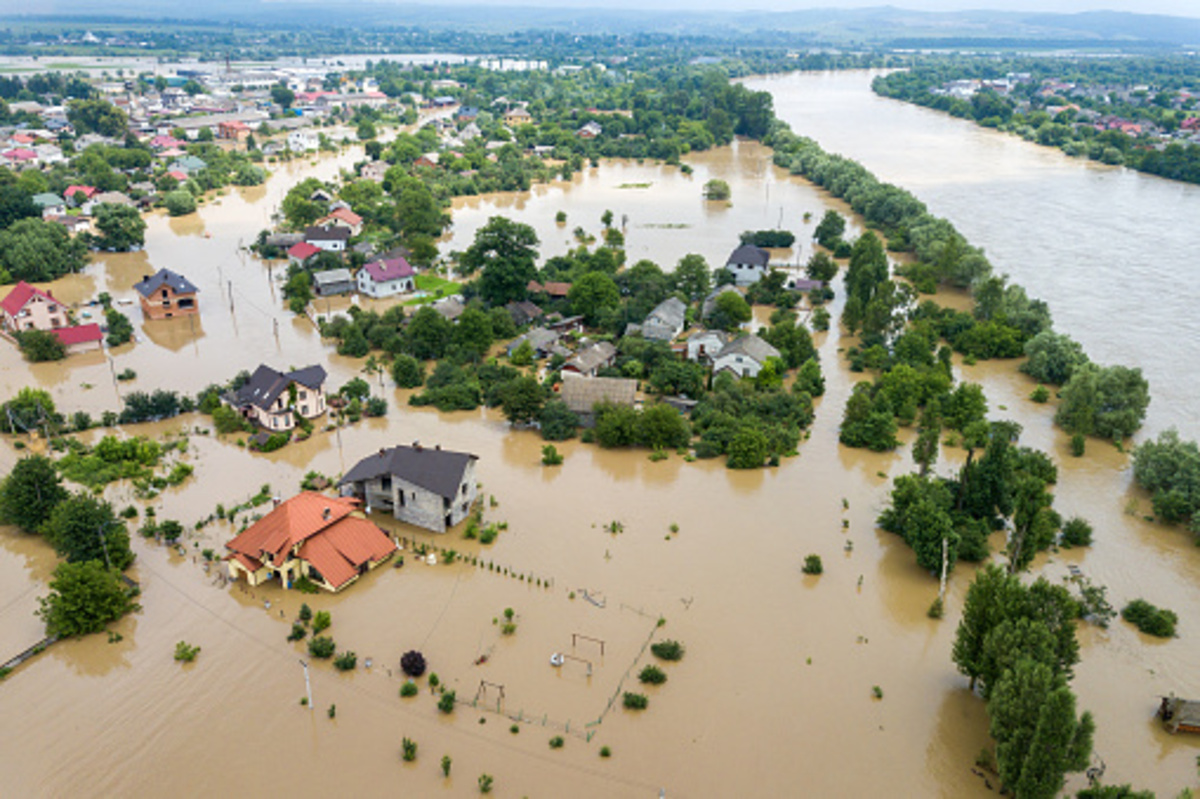Although we consider hydropower a clean energy source, using it to generate significant amounts of power has an impact on the environment. Hydropower contaminates neither the air nor the water. However, hydropower plants have the potential to significantly alter the environment, as well as homes, land usage, and natural habitats near the dam.
Hydropower has distinct environmental side effects despite being clean and sustainable. Because of the complexity of the environmental effects of hydroelectric generating, the calculation of the lifecycle of a hydropower plant is necessary. Hydroelectricity has the potential to become an even cleaner source of power as we created more advanced hydropower technologies.
Hydropower is a renewable source of power
Hydropower is primarily a clean and renewable source of electricity. The world will virtually never run out of hydropower because it doesn’t require burning fossil fuels. Also, it is constantly produced naturally by the water cycle.
However, hydroelectric power is not unlimited because of the limited amount of water that can be used to generate electricity on Earth. Especially considering how many rivers people have already dammed.
Hydropower plants cause damage to wildlife habitats
In order to build big storage or pumped storage hydroelectric plants, engineers make blockades and diversions of river systems. Basically, they alter the rivers from their natural flow.
When a river’s natural flow is blocked, that causes a blockade of critical fish migration pathways, which poses a problem. Inland rivers are essential for the reproduction of many fish species. When a dam blocks a river’s flow, it prevented fish from reaching their breeding areas.
The health of river ecosystems as well as the availability of food for humans are also negatively impacted over time. It is due to a severe reduction in fish populations that results from damming rivers. Hydropower plants sometimes use fish ladders to help fish populations cross rivers that have dams. Although these structures are rarely large enough to accommodate significant migrations.
Additionally, damming rivers frequently results in dangerously low water and sediment flow, which affects the populations of species downstream. Loss of habitat and nutrient-rich water for animals can result from reduced water and nutrient flow downstream.
Capturing a land
In a similar way, occurs altering of the landscape around numerous huge hydropower facilities. It happens particularly around reservoirs made by building dams across rivers. Like how decreasing downstream water flow can result in habitat loss, building storage reservoirs for electricity generation and pumped storage hydropower systems frequently result in upstream floods. That wipes out wildlife habitats, scenic places, and prime agricultural land. In some cases, severe flooding may even require moving human populations.
Water reservoirs emit greenhouse gases
Producing electricity by turning water-powered turbines does not directly involve the use of fossil fuels. It doesn’t produce or the emission of greenhouse gases. Alas, a number of recent studies have demonstrated that reservoirs built by damming rivers have a major impact on atmospheric greenhouse gases. Due to the breakdown of organic material trapped in the reservoirs, such as dead plants, they release gases like carbon dioxide and methane from the reservoir water.
We can make hydropower more environmentally friendly
The good news is that making hydropower systems more environmentally friendly is possible. One such strategy is better planning land use in river basins upstream of dams. Controlling of erosion is possible by preserving the surrounding ecosystem in a river’s watershed. As a result, there will be less organic matter in the water that is degrading, which will aid in lowering reservoir greenhouse gas pollution.
Additionally, there are constant efforts to lessen the effects of hydropower on fish habitats and migration patterns. When transporting fish beyond a dam, several hydroelectric facilities use trap-and-haul systems to gather the fish. To help migrate fish over a dam, the Department of Energy (DOE) has recently funded research and development on so-called salmon cannons.
For many sites, more meticulous planning of dam placement to prevent disruption of the most significant migration routes would be a more long-term, sustainable option. In some circumstances, dismantling existing dams and allowing river flow closer to its natural state results in fish habitat restoration.
Additionally, there is unstoppable development of modern approaches to using water for energy. Systems like tidal power and wave energy typically leave less of an environmental print than conventional storage hydropower systems.

